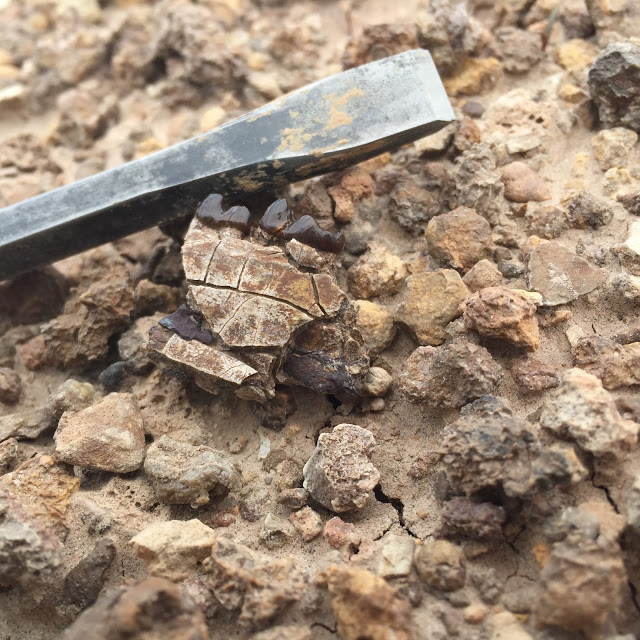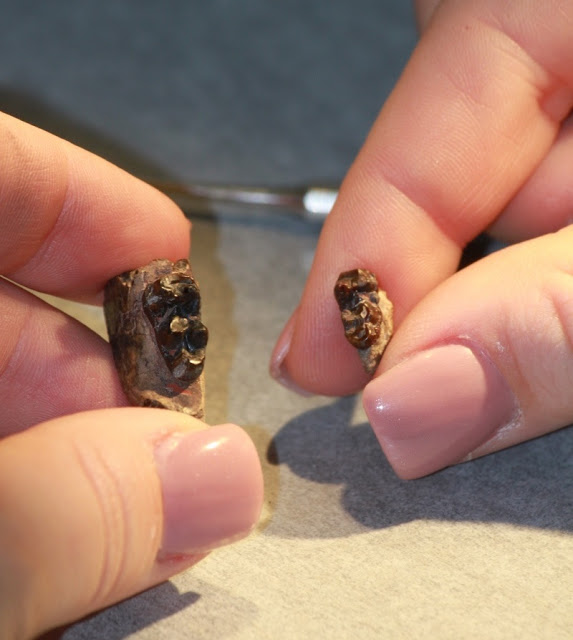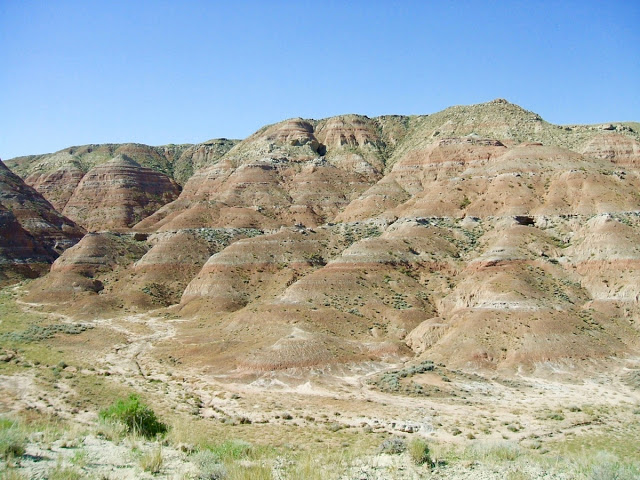

| Online: | |
| Visits: | |
| Stories: |

| Story Views | |
| Now: | |
| Last Hour: | |
| Last 24 Hours: | |
| Total: | |
Will We Shrink Too? Research Finds Pattern of Mammal Dwarfing During Global Warming
More than 50 million years ago, when the Earth experienced a series of extreme global warming events, early mammals responded by shrinking in size. While this mammalian dwarfism has previously been linked to the largest of these events, research led by the University of New Hampshire has found that this evolutionary process can happen in smaller, so-called hyperthermals, indicating an important pattern that could help shape an understanding of underlying effects of current human-caused climate change.
“We know that during the largest of these hyperthermals, known as the Paleocene-Eocene Thermal Maximum, or PETM, temperatures rose an estimated nine to 14 degrees Fahrenheit and some mammals shrank by 30 percent over time, so we wanted to see if this pattern repeated during other warming events,” says Abigail D’Ambrosia, a doctoral student at UNH and lead author of the study. “The hope is that it would help us learn more about the possible effects of today’s global warming.”
Arenahippus jaw fragment (with 2nd and 3rd molars), as discovered in field.
Credit: University of New Hampshire
In the study, published in Science Advances, researchers collected teeth and jaw fragments in the fossil-rich Bighorn Basin region of Wyoming. Their focus was on several early mammals including Arenahippus, an early horse the size of a small dog, and Diacodexis, a rabbit-sized predecessor to hoofed mammals.
Comparing fossil size: larger non-ETM2 Arenahippus specimen in left hand, smaller mid-ETM2 Arenahippus specimen in right hand.
“We found evidence of mammalian dwarfism during this second hyperthermal, however it was less extreme than during the PETM,” said D’Ambrosia. “During ETM2 temperatures only rose an estimated five degrees Fahrenheit and it was shorter only lasting 80,000 to 100,000 years, about half as long as the larger PETM. Since the temperature change was smaller, this suggests there may be a relationship between the magnitude of a global warming event and the degree of associated mammal dwarfism.”
Abigail D’Ambrosia, UNH doctoral student, shows size difference of two Arenahippus specimens. Larger fossils from non-ETM2 on the right, smaller mid-ETM2 Arenahippus specimen on the left hand.
Co-authors include William Clyde, professor of Earth Sciences at UNH; Henry C. Fricke, Colorado College; Philip D. Gingerich, University of Michigan; Hemmo A. Abels, Delft University of Technology, Netherlands.
The preliminary findings were presented earlier at the Society of Vertebrate Paleontology’s 2013 annual meeting.
The University of New Hampshire is a flagship research university that inspires innovation and transforms lives in our state, nation and world. More than 16,000 students from all 50 states and 71 countries engage with an award-winning faculty in top ranked programs in business, engineering, law, liberal arts and the sciences across more than 200 programs of study. UNH’s research portfolio includes partnerships with NASA, NOAA, NSF and NIH, receiving more than $100 million in competitive external funding every year to further explore and define the frontiers of land, sea and space.
Contacts and sources:
Robbin Ray
The University of New Hampshire
Source: http://www.ineffableisland.com/2017/03/will-we-shrink-too-research-finds.html





